Young people are great at acquiring skills even while their higher executive functions are developing. Our standards based exercises take a skills-based approach to learning.
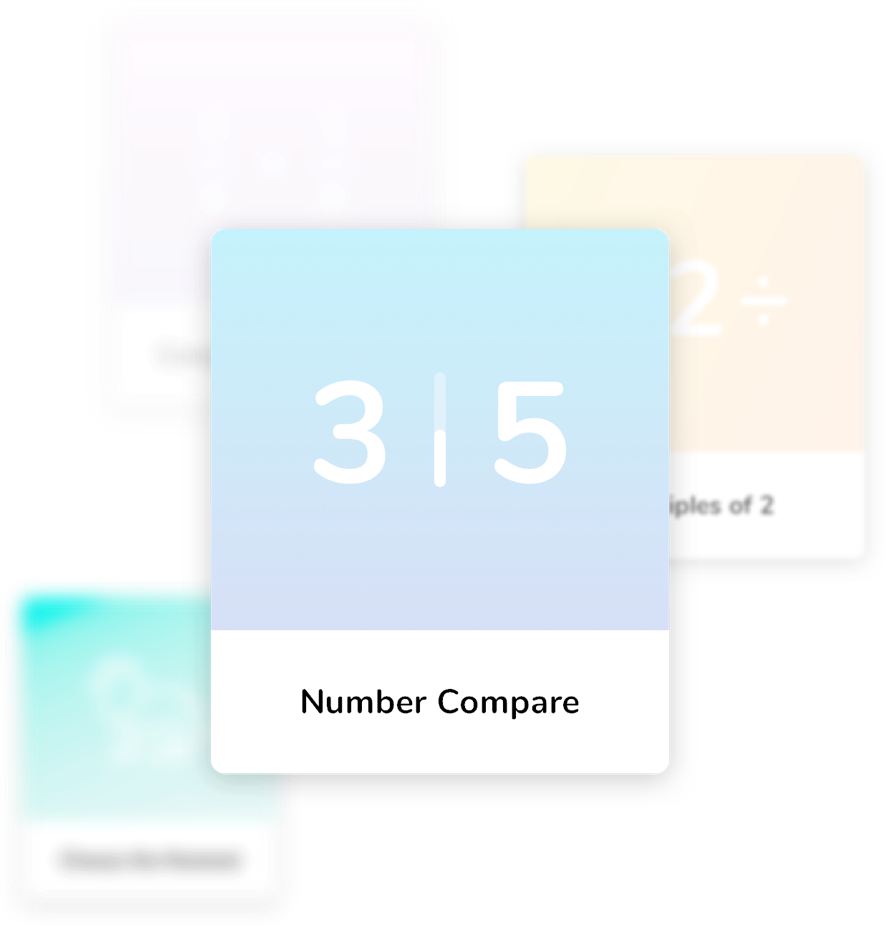
Blnqrs come in standards-indexed packages, each of which supports four or more hours of directed practice. There are hundreds of packages to choose from, and best of all, they are all free.
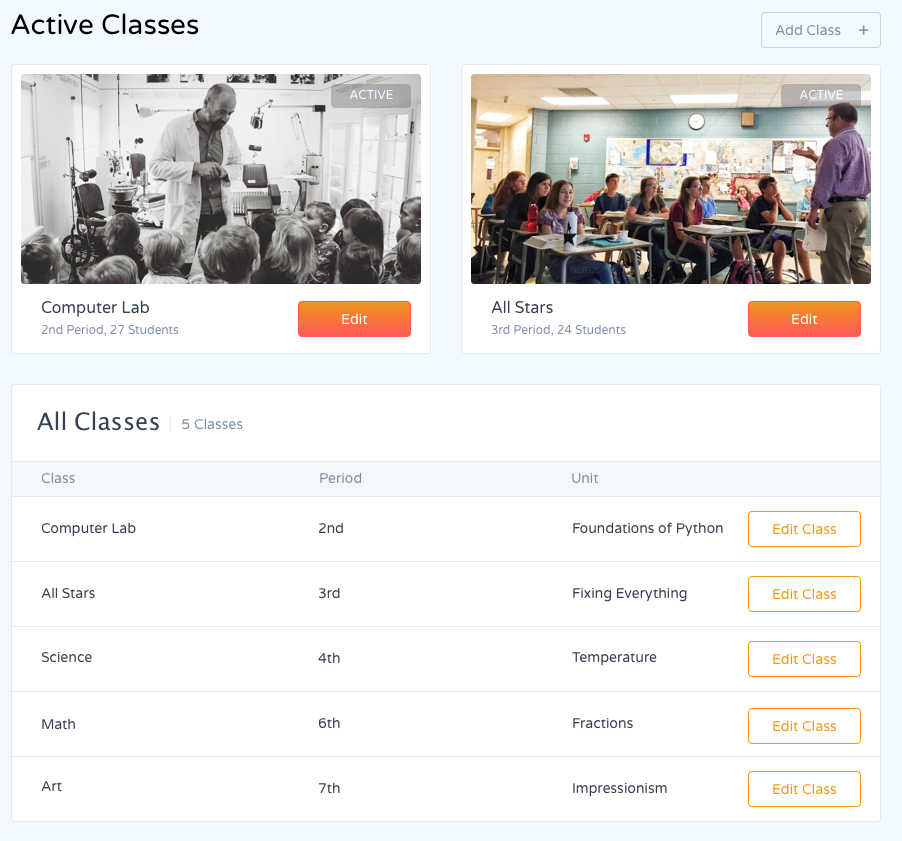
Learners can login to a classroom by nickname, which does not require an email address or any personally identifiable information. Here they receive assignments, see what's next, and train their rapid cognition.
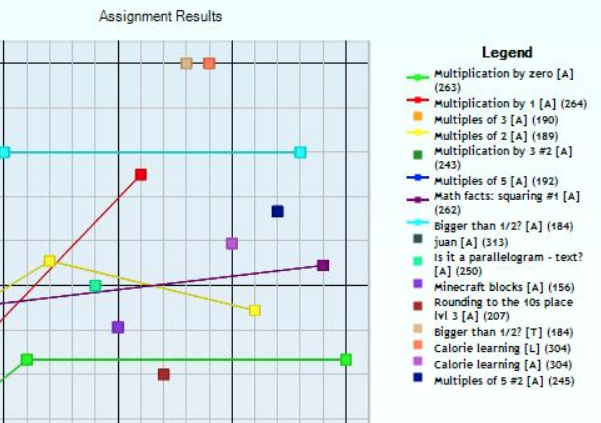
As your students engage their rapid cognition, you can view the results in real time. Our charts clearly show when learners are engaging in productive struggle, achieve mastery, and demonstrate grit.
Build your own rapid cognition training exercises with our free tools. Import easily from Quizlet or use the advanced settings for sequencing, categorization, pattern recognition, or matrix-based classification. Do it with your class!

Learners submit forms and work problems, but they play a blnqr. As they do, you will see them literally train their brain by using their rapid cognition.
Get started with blnqr.
Learn a little bit more about the science behind blnqr and how it can help your students make bigger leaps, faster.
Thnqr rapid cognition learning exercises mental processing below, or prior to, conscious awareness. This mode of mental processing goes by various names, including gut feeling, intuition, rapid cognition, thinking without thinking, thin slicing, and System 1. Our approach is to speed the path to fluency by engaging that mode through the straightforward mechanism of simple choices, quickly made. In recent years, we have learned that the fundamental neuroscientific nature of learning is based on prediction error and repetition. Prediction error engages the dopamine reinforcement system. Repetition goes by the rubric "what fires together, wires together." Using thnqr, the learner engages in a system based on prediction error learning and variable rewards, which have been shown to encourage repetition of correct behaviors creation of reinforced neural pathways.
System 1 and System 2 are labels for our two modes of thinking. As described by Daniel Kahneman in his book Thinking, Fast and Slow, "System 1 operates automatically and quickly, with little or no effort and no sense of voluntary control" (20).
Our approach uniquely combines three characteristics: series, speed, and simplicity. Series means that the questions are related to a specific educational objective. Speed means that each question must be answered so quickly that the learning always makes use of rapid cognition. Simplicity is the fact that the learner always chooses one of two possible answers.
Studies have shown that higher-level cognitive activity requires at least two seconds.
Blnqrs do not replace instruction—they supplement it. After you have introduced and explained the material, use blnqrs to engage the active, inquiring rapid cognition capabilities of your students or children.
An excellent popular treatment of the concept is Malcolm Gladwell's work Blink: the Power of Thinking Without Thinking. A much longer, more detailed, and scientific treatment is Daniel Kahneman, Thinking, Fast and Slow. blnqr the product is even more inspired by the work of Gerd Gigerenzer, who is less concerned with overcoming biases and more interested in learning what System 1 has to offer. A good example of his work is Gut Feelings: The Intelligence of the Unconscious.
blnqr would not be possible without the spectacular growth of neuroscience over the past 30 years and its diversification into fields such as neuroeconomics, which is the neuroscience of consumer choices. This field has identified some of the neurological correlates of cognitive activity that were previously only philosophical concepts.
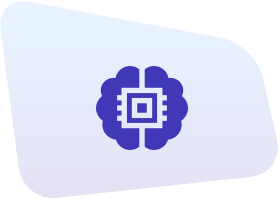
The best way to recognize patterns and understand concepts deeply is to practice doing so. That is the essence of rapid cognition training.
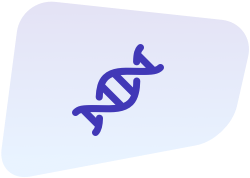
Underlying educational standards and objectives are foundational skills and intuitive abilities. Doing is the essence of mastery.

We believe that effective EdTech innovation must be easy for the facilitator to integrate and engaging for the learner, using the best of cognitive science.



Get started with blnqr.